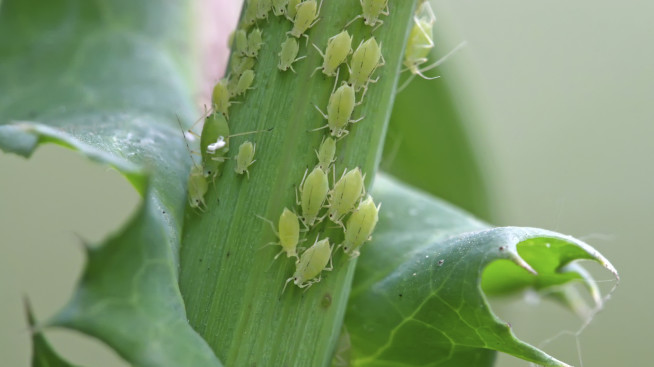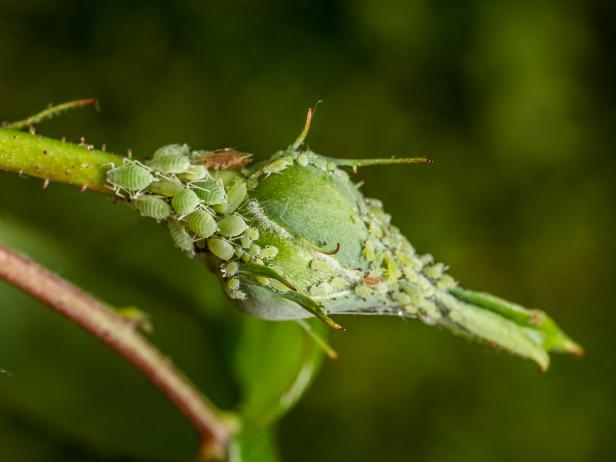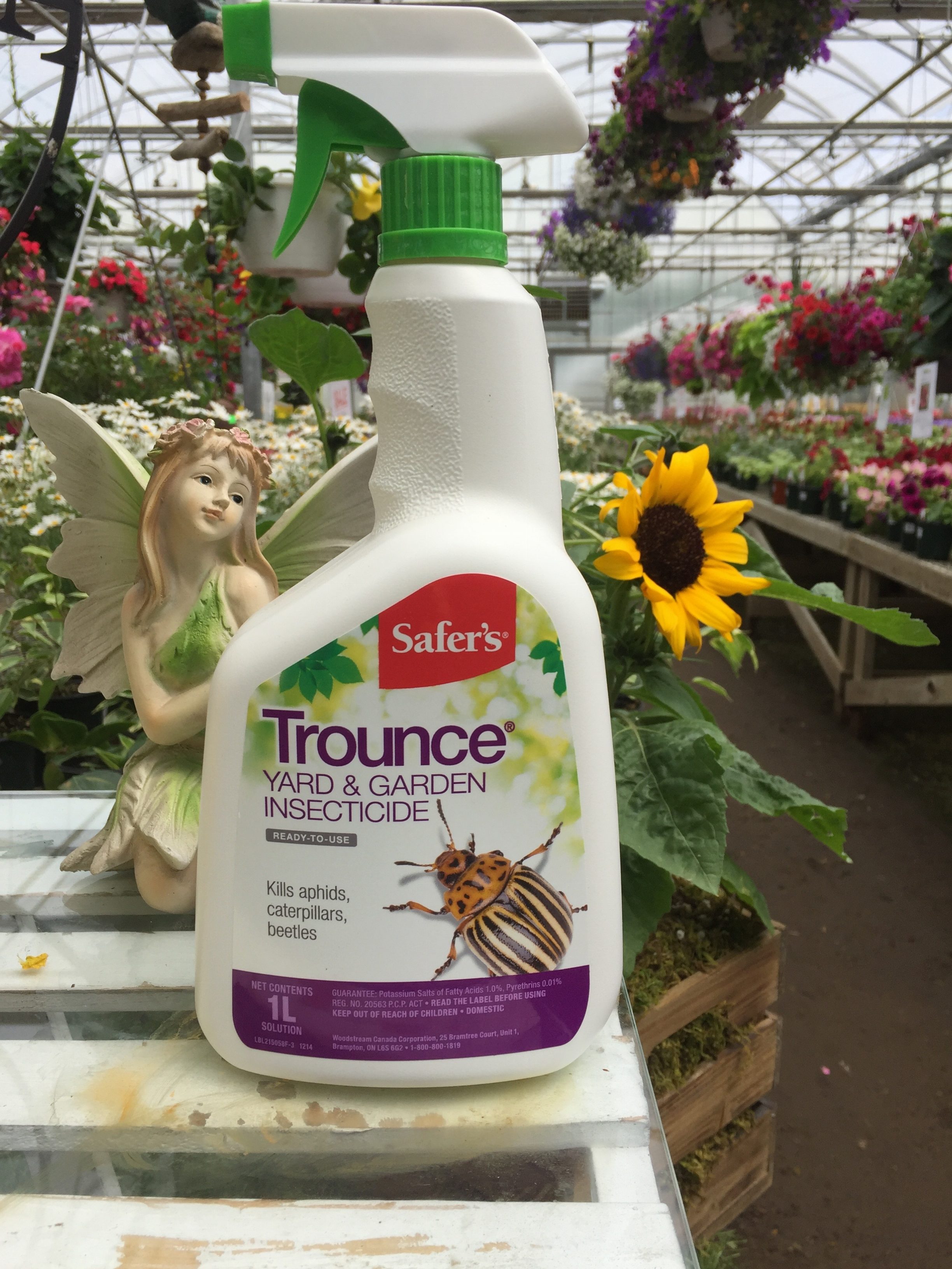Dealing with Aphids
Good things come in small packages, or so the idiom goes. But annoying, destructive things can also come in small packages: just think about the crop-destroying aphid, sometimes referred to as “plant lice.” There is no lack of credible material on the internet to help you understand and control aphids. However, we’ve done the hard work for you and scoured dozens of sites to compile the most helpful information about this common garden pest, including how to control the population. Rely on this comprehensive article to learn about aphids, how to tell if they are present in your garden, what crops they most frequently damage, and how to be free of these tiny terrors.

APHIDS AT A GLANCE
Aphids are soft-bodied pear-shaped insects that come in a variety of colors like black, brown, red, pink, or green, and may even have transparent wings. On their exterior, they sport two short tubes that protrude back from their abdomen and have long antennae.
Aphids start out with wings held close to the body. If you see only winged aphids, this is a perfect time to engage in an all-out offense on the colony. Once they lose their wings, they are here to stay. What is worse than seeing these wingless visitors? Seeing a mixed aphid colony in which some have wings and some don’t: this means the area is overpopulated and the new winged aphids are determined to find a new home in a nearby crop.
Shockingly, there are over 4000 species of aphids, which means they can appear in almost any environment, in any condition. Aphids feast on most fruit and vegetable plants, flowers, ornamentals, and shade trees.


HOW CAN I TELL IF I HAVE APHIDS?
Perhaps you haven’t seen them (they are only 1/16 to 1/8 of an inch long), but more than likely you have seen evidence of their damage. Because aphids suck plant sap, one way to identify an infestation is to look at your leaves, branch tips, and flowers. They may appear distorted, deformed, curvy, or may just completely drop off. Further, aphids’ excrement is in the form of a sweet, sticky honeydew. This honeydew will develop a sooty mold fungus which blocks sunlight from getting to that area of plant leaf. It also attracts ants.
Aphids can transmit viruses from plant to plant. Look for yellow or mottled leaves plus stunted plant growth. Squash, cucumber, pumpkin, beet, melon, chard, bean, bok choy, lettuce, and potato are most commonly affected by aphid viruses. Keep an eye out in early spring for this type of damage, which is when aphids leave their winter habitats.
WHY ARE APHIDS SO HARD TO CONTROL?
Aphids’ reproductive systems work in overdrive mode. Females are asexual, meaning they can produce multiple young per day without even mating. Add to this her ability to reproduce with the males born in late summer and you end up with a steady stream of destructive aphids. It only takes 10-14 days for an infant aphid to become a fully grown adult.
USING SAFER’S TROUNCE
Safer’s Trounce Yard & Garden Insecticide is a highly effective and concentrated natural insecticide that provides broad-spectrum control of a variety of insect pests including aphids, whitefly, caterpillars, spider mites and selected beetles. Unique formulation of naturally derived fatty acids and pyrethrum. Does not leave a harmful residue on the plant’s foliage nor does it emit a foul odor.

